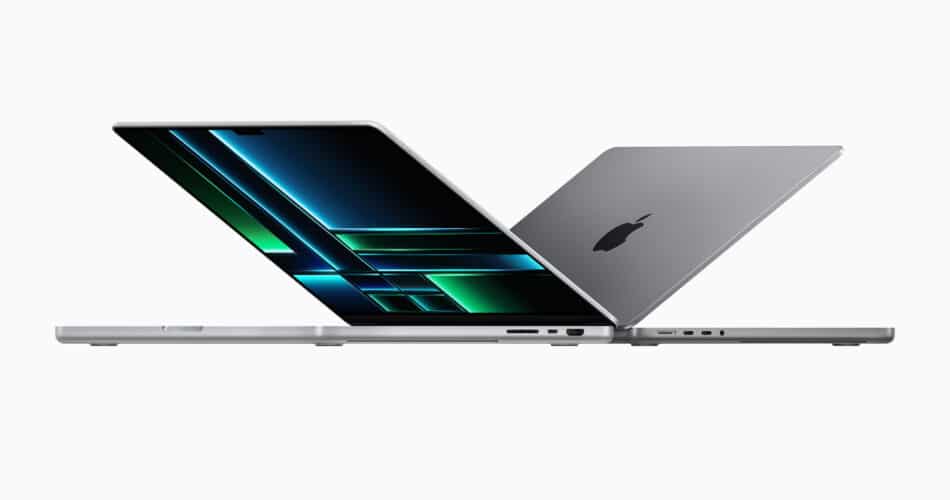The 2024 MacBook Pro – available with M4, M4 Pro and M4 Max chips – lineup features faster Thunderbolt 5 support in high-end configurations, a nano-texture display option, and more. However, many current MacBook Pro models with Apple Silicon still deliver the latest design and fast performance, which may tempt you to hold off on upgrading this year. If you’re considering skipping the new MacBook Pro, two significant rumored updates might be worth the wait in future models.
The first big change anticipated in a few years is an OLED display. Rumors have suggested that the MacBook Pro could switch to OLED technology by 2026. While Apple analyst Ming-Chi Kuo and display industry expert Ross Young expect the 14-inch and 16-inch models to retain mini-LED displays through 2025, OLED technology would offer key advantages. Compared to the current mini-LED screens, OLED displays promise higher brightness, deeper blacks for a more striking contrast ratio, enhanced power efficiency, and potentially a thinner laptop design.
A thinner design is also likely on the horizon. Bloomberg’s Mark Gurman reported earlier this year that Apple is aiming to create slimmer and lighter devices over the next few years, aligning with a strategy to make Apple products the lightest in their categories. Gurman has reiterated that a major redesign is expected in 2026, with an OLED display and thinner build as standout features.
The timeline aligns with other rumors about Apple’s product evolution. The anticipated thinner MacBook Pro falls in line with Apple’s broader push for more compact designs, seen in its recent iPad Pro models and the rumored iPhone 17 Air, which is expected to be among Apple’s slimmest and fastest devices yet.
If Apple follows this trajectory, the M5 MacBook Pro refresh in 2025 will focus primarily on performance upgrades. However, the 2026 model could mark a more substantial shift with both hardware and display advancements that make it one of Apple’s thinnest MacBook Pros to date.
The MacBook Pro has a legacy of meaningful updates with each redesign, dating back to its inception in 2006. Over the years, it has shed pounds, gained Retina displays, integrated new connectivity options, and returned to popular features like MagSafe charging. With the possibility of an OLED display and an ultra-thin design in 2026, Apple seems set to continue this pattern of innovation, aiming to keep the MacBook Pro at the forefront of laptop design and performance.
(via Bloomberg)
Subscribe to our email newsletter to get the latest posts delivered right to your email.

